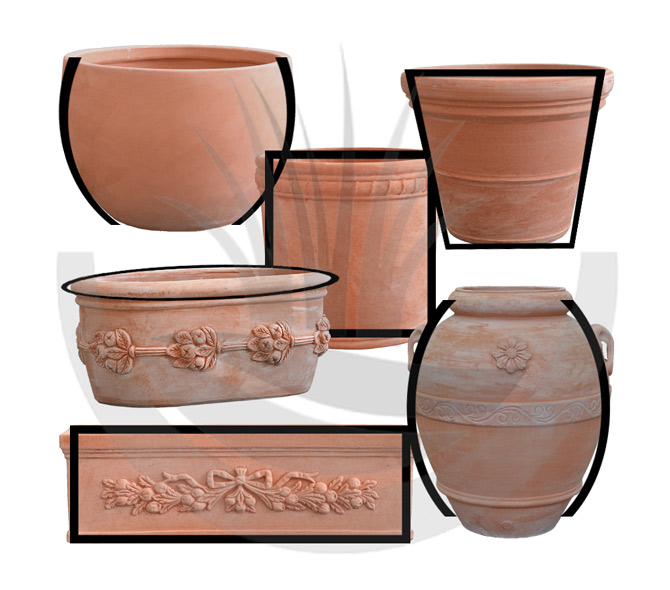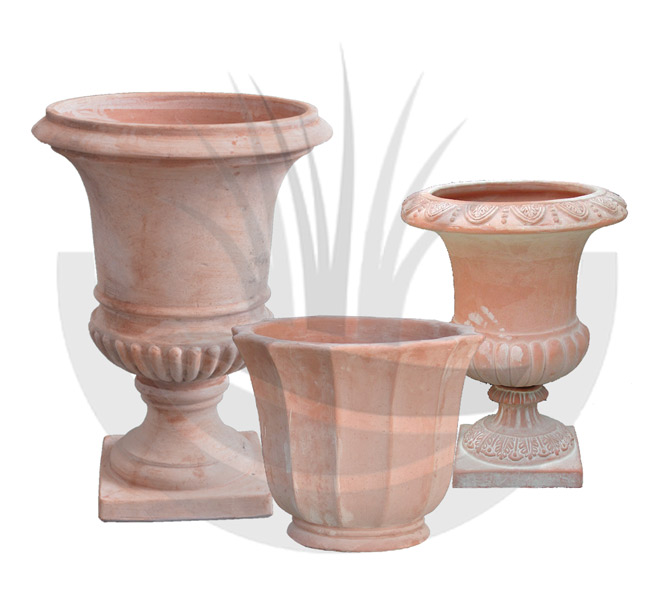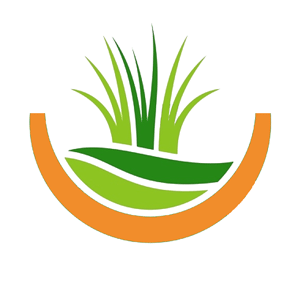
The main function of terracotta pots is to contain something.
Garden pots, for example, are designed to hold plants and flowers. Other
types of terracotta pots can be used for different purposes, such as
storing oil or cheese, making them suitable for food use, and so on. Clay is a highly moldable material, and only the limits of imagination define what can be created.
In this blog, we focus on terracotta pots intended for gardening,
which often serve a decorative role as well as a functional one. These include statues,
decorative panels, tables, chairs, amphorae, and jars, just to name a few examples.
In this first article, we will list the different shapes of terracotta garden pots,
relating each shape to its specific use.
The article does not aim to be exhaustive, as many secondary aspects
can be explored in subsequent posts. I prefer to keep a smooth flow to avoid burdening the reader and making the reading experience tedious.
A primary classification of shapes can be made based on the curvature of the lines. There are shapes with straight lines, such as rectangular, square, truncated cone, and pyramid shapes; convex shapes, which curve outward like the exterior of a sphere, including bells, egg-shaped pots, some types of bowls, jars, and amphorae; and concave shapes, which curve inward, reminiscent of cup-like vases.
The majority of models in the market feature straight lines. Among these, truncated cone pots with varying degrees of diagonal angles stand out. A truncated cone is formed by rotating a geometric figure called a trapezoid, which, as we know, has a larger base and a smaller base. By convention, we refer to the larger base as the top or mouth, which is the open end of the pot, while the smaller base is the bottom or base of the container. The smaller the bottom compared to the top, the narrower the base of the truncated cone. Pots, in addition to holding flowers, must have good stability, which is achieved with a wider base. The greatest stability is obtained by rotating a rectangle or a square, where the mouth is the same size as the bottom. In this case, we have the cylinder, which is a type of pot with considerable appeal. The point is that a plant container, for example, for lemon trees, must be flared or truncated cone-shaped to allow for easy re-potting when the plant has grown and needs more space for its roots. Additionally, in terms of production, truncated cone pots can be stacked and fired with lower energy costs and can be transported in less space.
To summarize and move quickly, pots with straight lines include:
Truncated cone pots

Cylinders and truncated pyramid pots

Squares and rectangles

Semi-circles and corners

Models featuring a convex line can be divided into containers and ornamental types.
Each geometric shape of terracotta pots offers specific advantages, influencing both aesthetics and practical functionality, making them suitable for different types of plants, situations, and decor styles. The choice of the most appropriate shape depends on the specific needs of the plants and the desired style for the outdoor or indoor space.
Ornamental objects are those in which planting flowers is not recommended, either because they have a central bulge that makes it impossible to remove the plant, or because they have a small opening insufficient to contain a plant. Amphorae and urns are examples of ornamental vases. To adorn an urn with flowers, for instance, one might insert a plastic pot that fits perfectly into the mouth and cultivate flowers, typically trailing varieties such as petunias and surfinias, in the small pot.
Examples of vases with a convex line and containers, on the other hand, include bowls, bells or basins, wide-mouthed urns, egg-shaped and
cigar-shaped tall vases
.
Some photos will illustrate the categories well.
Convex-line ornamental vases. The bulge makes it impossible to remove the plant. The upper opening or mouth is too small, the vase is too slender and top-heavy

Bowls, bells, wide-mouthed jar, egg-pots, cigar-shaped pot

In the following shot, instead, we get an idea of the concave line models.
The mouth opens outward. These are lines typical of
ornamental cups for gates.
Vases and cups with a concave line


